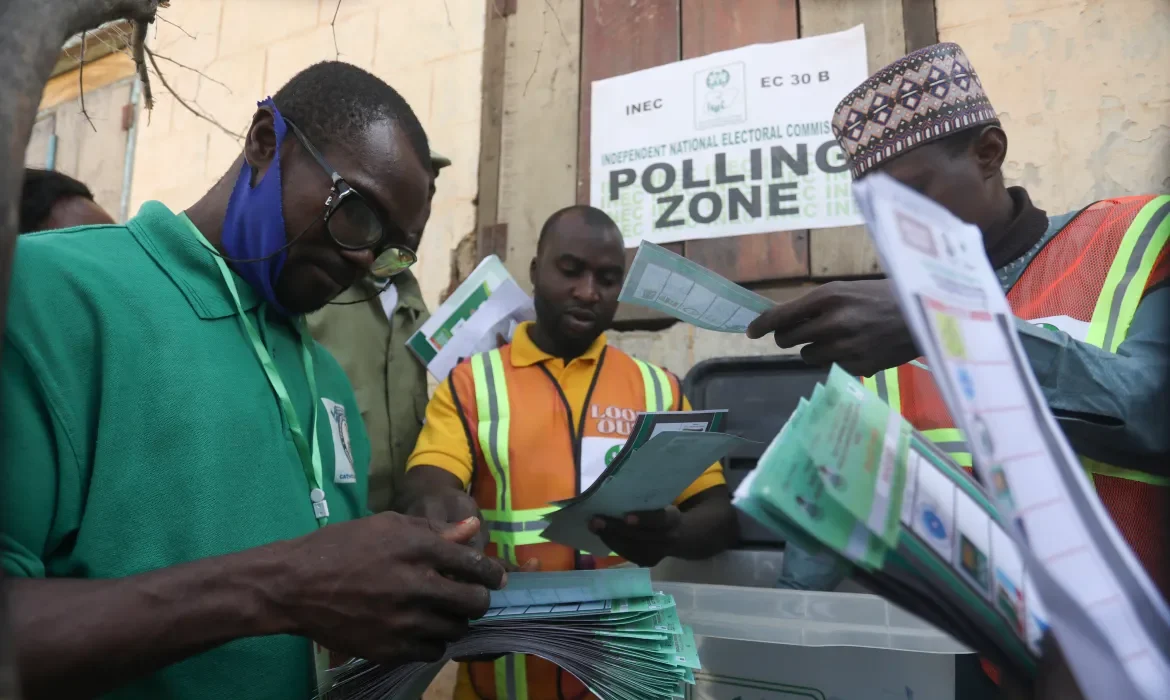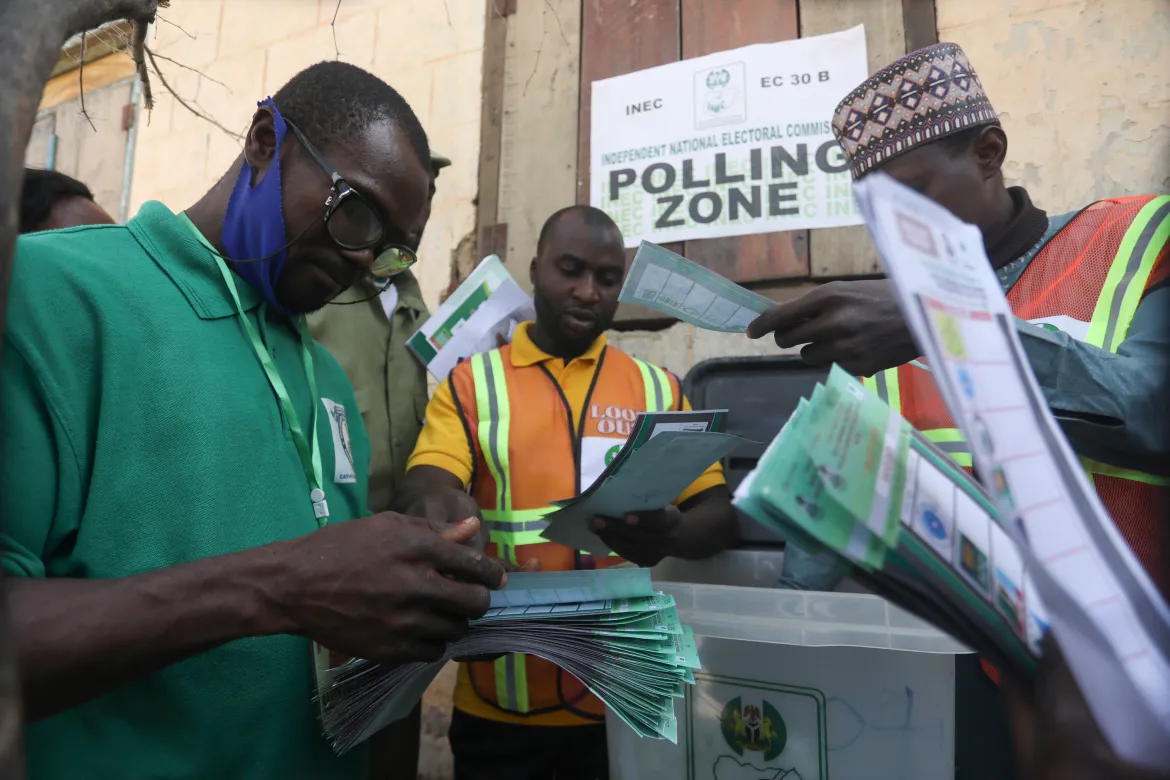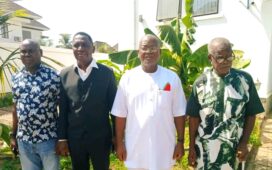Join our WhatsApp channel HERE for the latest Benue news and updates!
The 2023 governorship elections in Benue State have revealed a fascinating and diverse voting pattern across the Tiv blocs and the state’s three senatorial districts, shedding light on the political landscape of the region. According to data released today by Benue Info-pedia, the distribution of votes highlights the cultural and political dynamics at play.
Votes by Tiv Blocs
- Jemgbagh (Gboko, Tarka, Buruku): 105,120 votes
- Jechira (Konshisha, Vandeikya): 60,783 votes
- Kwande (Kwande, Ushongo): 31,946 votes (Ushongo specifically)
- Sankera (Katsina-Ala, Ukum, Logo): 78,424 votes
- Minda (Makurdi, Guma, Gwer East, Gwer West): 102,833 votes
The Jemgbagh and Minda blocs emerged as the strongest voting blocs, each garnering over 100,000 votes, indicating significant political support in these areas. Sankera followed with a substantial 78,424 votes, while Jechira and Kwande recorded lower but notable figures.
Votes by Senatorial Zones
- Zone A: 171,153 votes
- Zone B: 207,953 votes
- Zone C: 94,827 votes
Zone B led with the highest number of votes at 207,953, reflecting its strong political influence. Zone A followed with 171,153 votes, while Zone C trailed with 94,827 votes. This breakdown underscores the varying levels of political engagement across the senatorial zones.
Insights into Political Support
The data reflects the voting strength of both the Tiv cultural blocs and the three senatorial zones, providing valuable insights into how political support was distributed across Benue State during the 2023 governorship elections. The diverse patterns suggest a complex interplay of regional loyalties and cultural affiliations that shaped the electoral outcome.

















